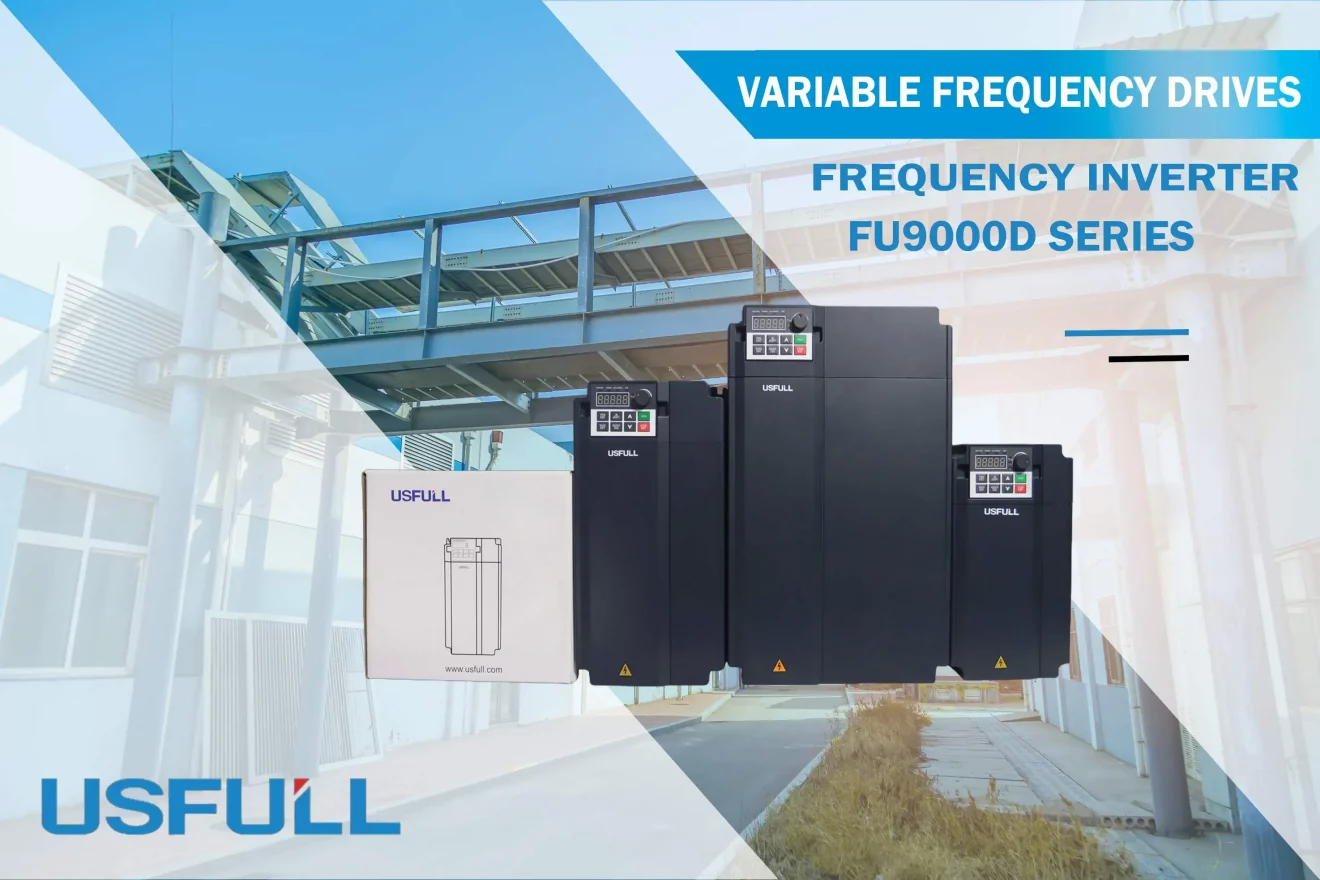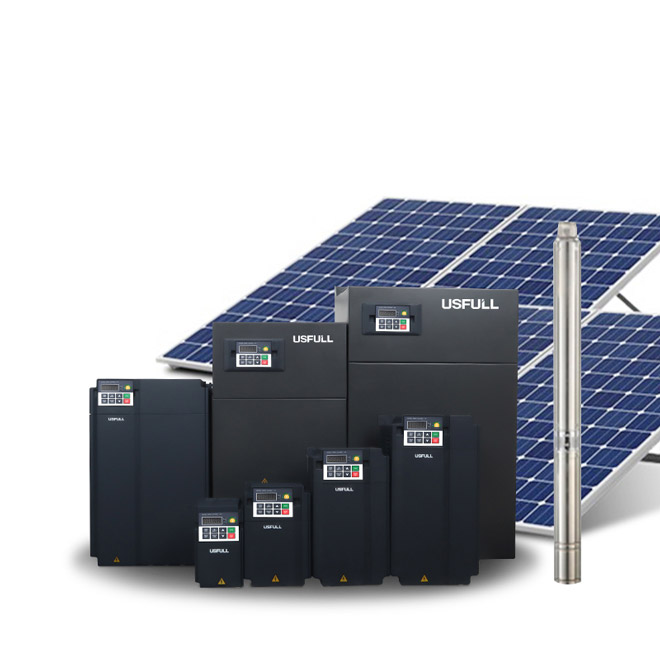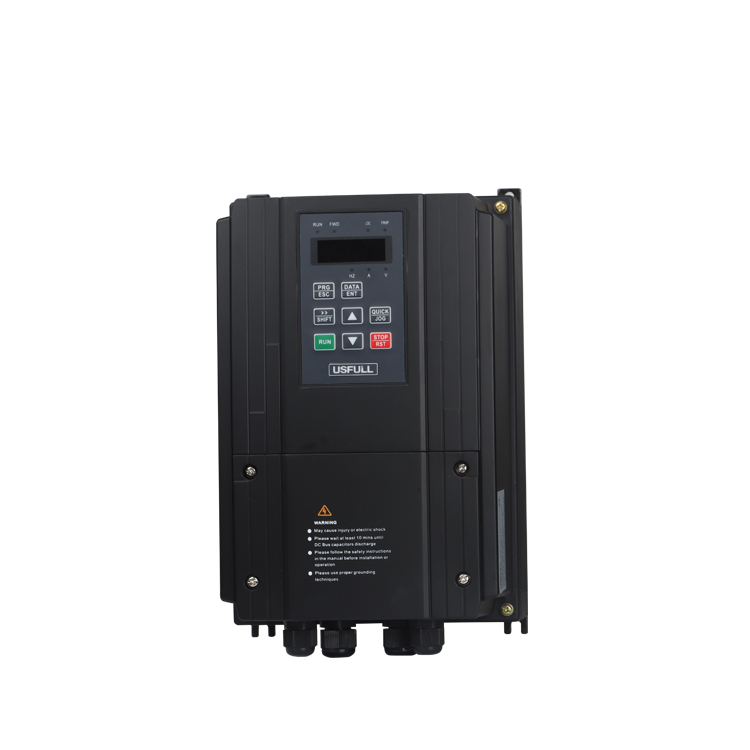Einführung
In der Welt der industriellen Automatisierung, Frequenzumrichter (gemeinhin bezeichnet als Antriebe mit variabler Frequenz oder VFDs) sind eine Schlüsselkomponente für die Regelung der Motordrehzahl und die Optimierung der Energieeffizienz. Wenn Sie mit speicherprogrammierbaren Steuerungen (SPS) vertraut sind, wissen Sie wahrscheinlich, dass variable Frequenzumrichter sind in der Industrie weit verbreitet. Es gibt jedoch eine goldene Regel für den Einsatz eines Antrieb mit variabler Geschwindigkeit ist, dass es niemals mit einem Standard-Leckageschutz gekoppelt werden sollte. Trotzdem versuchen einige Benutzer, einen Leckageschutz mit ihrem Wechselrichter VFDSobald der Wechselrichter anspringt, löst der Fehlerstromschutzschalter aus und das gesamte System fällt aus. Warum passiert das? Und was kann man tun, wenn beide bereits installiert sind?

Warum funktioniert der Leckageschutz, wenn der Wechselrichter gestartet wird, und das System kann überhaupt nicht laufen?
Die Hauptfunktion eines Ableitstromschutzes ist die Erkennung von Erdungsfehlern durch Überwachung der Neutral- und Phasenströme des Systems. Unter normalen Bedingungen erwartet der Fehlerstromschutzschalter, dass die Summe dieser Ströme gleich Null ist (bekannt als Nullstrom). Bei Verwendung eines Frequenzumrichterist dies fast nie der Fall.
Antriebe mit variabler Frequenz Ausgangsleistung durch Pulsweitenmodulation (PWM), die elektrische Hochfrequenzimpulse erzeugt. Diese Impulse interagieren mit den Motorkabeln und erzeugen einen kapazitiven Effekt zwischen den Kabeln und der Erde. Bei abgeschirmten Kabeln ist dieser Effekt noch stärker ausgeprägt. Da die variabler Frequenzantrieb arbeiten, laden und entladen sich die Kondensatoren im System ständig, was zu Ableitströmen führt, die in die Erde fließen. Diese Ströme fließen dann über das Erdungskabel zum Wechselrichter zurück und bilden eine vollständige Stromschleife.
Der Ableitstromschutz erkennt diesen Ableitstrom, interpretiert ihn als Fehler und schaltet das System sofort ab, um mögliche Gefahren zu vermeiden. In Wirklichkeit arbeitet das System korrekt, aber der hochfrequente Leckstrom verwirrt den Standard-Leckageschutz. Daher kann das System nicht betrieben werden, solange der Leckageschutzschalter vorhanden ist. variabler Frequenzumrichter. Aus Sicherheitsgründen reicht es aus, dafür zu sorgen, dass das Gerät ordnungsgemäß geerdet ist.
Was ist zu tun, wenn ein Leckageschutz und ein Wechselrichter installiert worden sind?
Wenn Sie bereits über eine Frequenzumrichter und einem in Ihrem System installierten Leckageschutz, kann es zu häufigen Ausfällen kommen, die das System funktionsunfähig machen. Zum Glück gibt es mehrere Lösungen für dieses Problem:
Einstellen der Empfindlichkeit des Leckageschutzes
Die meisten Leckageschutzgeräte verfügen über eine einstellbare Empfindlichkeitseinstellung. Sie können versuchen, den Schwellenwert so zu erhöhen, dass ein höherer Leckstrom toleriert wird, bevor er auslöst. Dies könnte unnötige Abschaltungen verhindern, die durch den Wechselrichter VFD.
Verwenden Sie einen spezialisierten Leckageschutz für Wechselrichter
Es gibt Leckageschutzvorrichtungen, die speziell für die Verwendung mit Antriebe mit variabler Frequenz. Diese Schutzvorrichtungen sind widerstandsfähiger gegen hochfrequentes Rauschen und Ableitströme, die durch VFDs. Ersetzen des Standard-Leckageschutzes durch einen Leckageschutz, der für Frequenzumrichter ermöglicht ein reibungsloses Funktionieren des Systems ohne ständiges Auslösen.
Erhöhen Sie die Belastung des Motors
Durch die Erhöhung der Motorlast wird der Leckstrom beim Einschalten im Verhältnis zum Gesamtstrom, der durch das System fließt, weniger bedeutend. Dies kann die Wahrscheinlichkeit des Auslösens des Leckageschutzes verringern.
Umgehung des Leckageschutzes
Obwohl dies aufgrund von Sicherheitsbedenken im Allgemeinen nicht empfohlen wird, entscheiden sich manche Benutzer dafür, den Leckageschutz ganz zu umgehen. Wenn die Sicherheit durch ordnungsgemäße Erdung und andere Maßnahmen gewährleistet werden kann, ist dies eine mögliche Lösung, die jedoch mit Vorsicht zu genießen ist.
Schlussfolgerung
Mit einer Frequenzumrichter neben einem Standard-Leckageschutzgerät kann aufgrund der hochfrequenten Leckströme, die in der drehzahlvariable Antriebe. Diese Ströme können den Schutz unnötigerweise auslösen, was zu Systemabschaltungen führt. Um diese Probleme zu lösen, können die Benutzer die Empfindlichkeit des Ableitstromschutzes anpassen, einen umrichterkompatiblen Ableitstromschutz installieren oder andere Lösungen in Betracht ziehen, wie z. B. die Erhöhung der Motorlast. Die zuverlässigste Lösung besteht jedoch darin, sicherzustellen, dass das System ordnungsgemäß geerdet ist, und die entsprechenden Schutzvorrichtungen zu verwenden, die speziell für Wechselrichter-VFDs.



